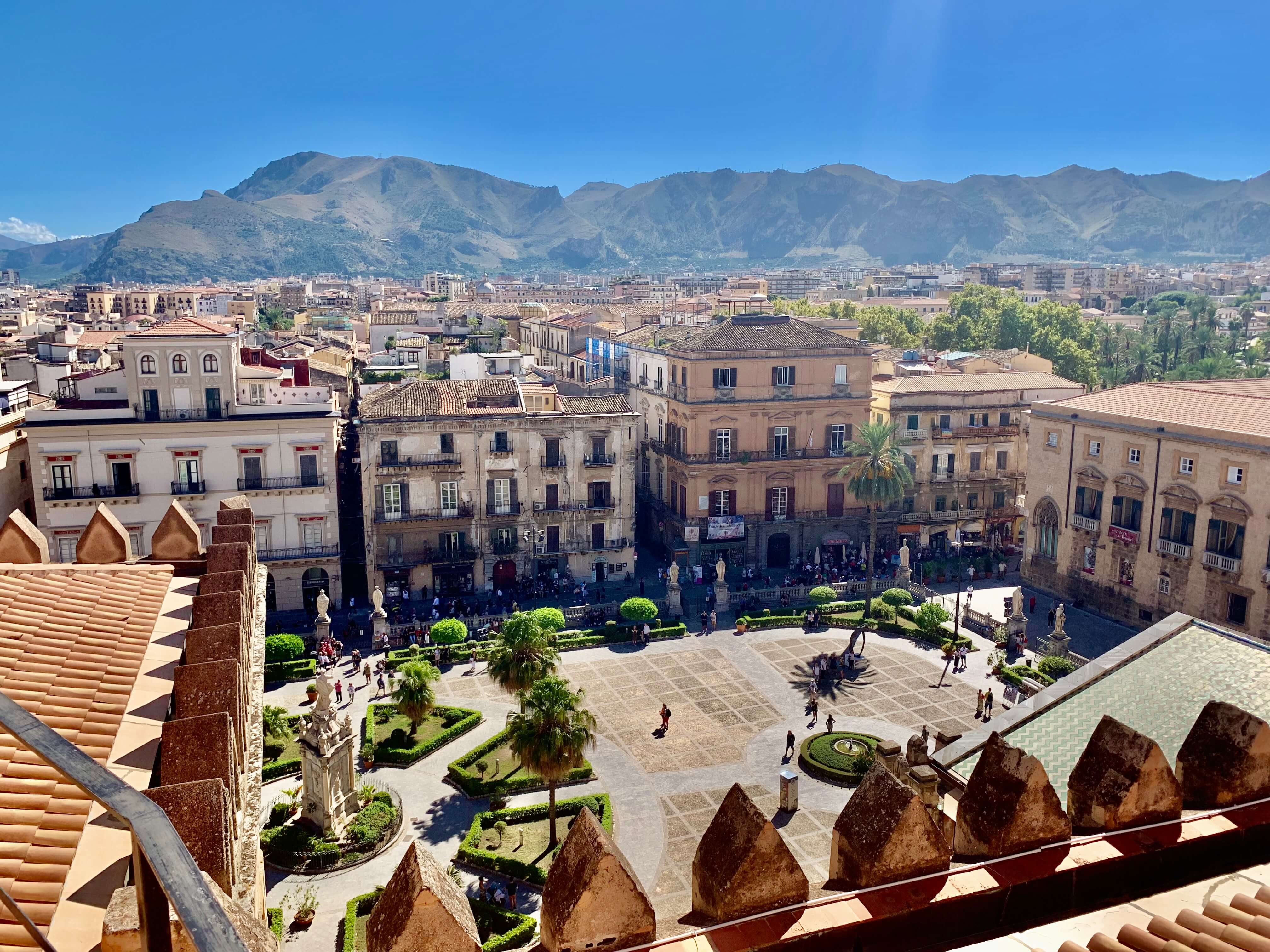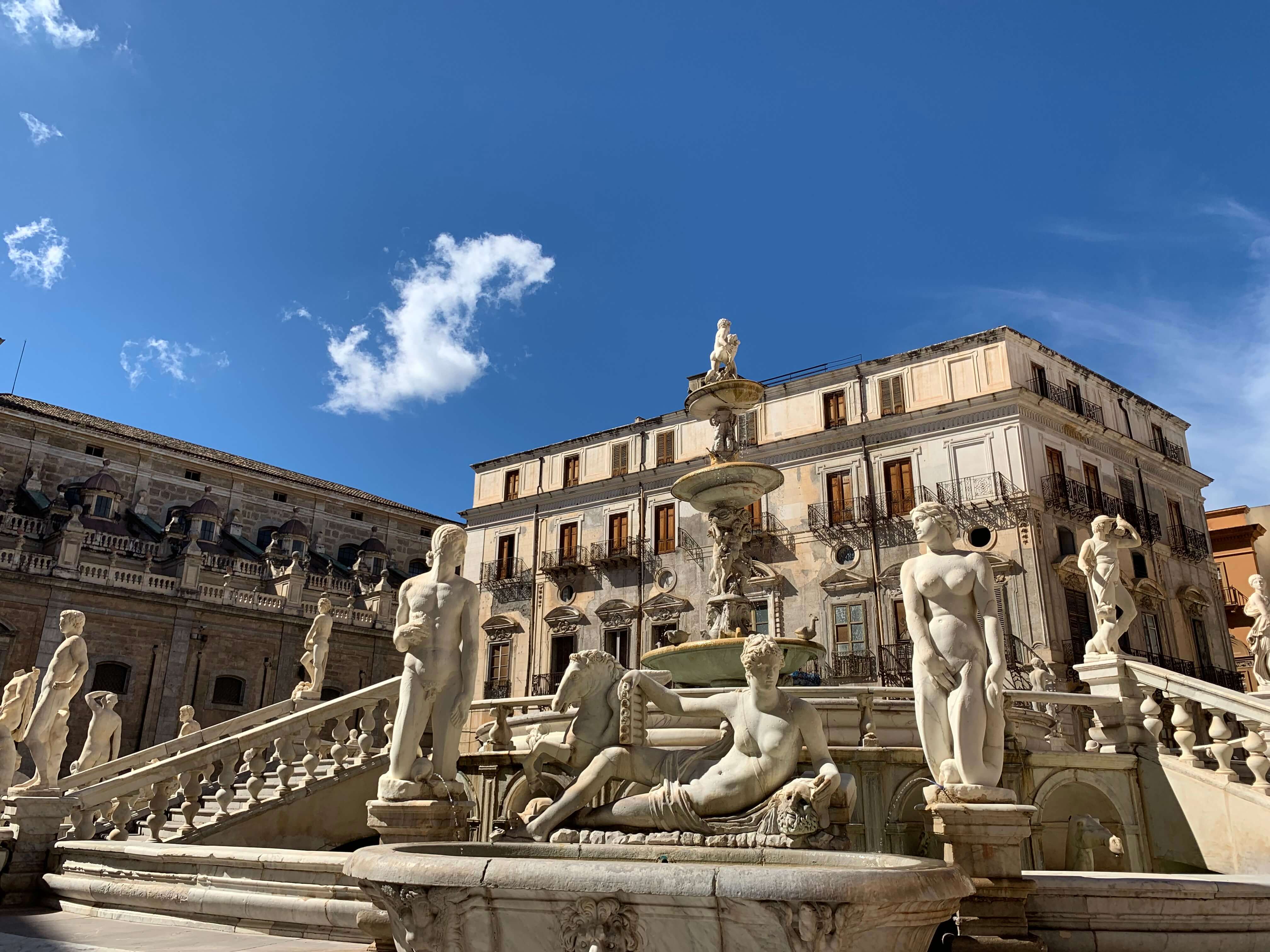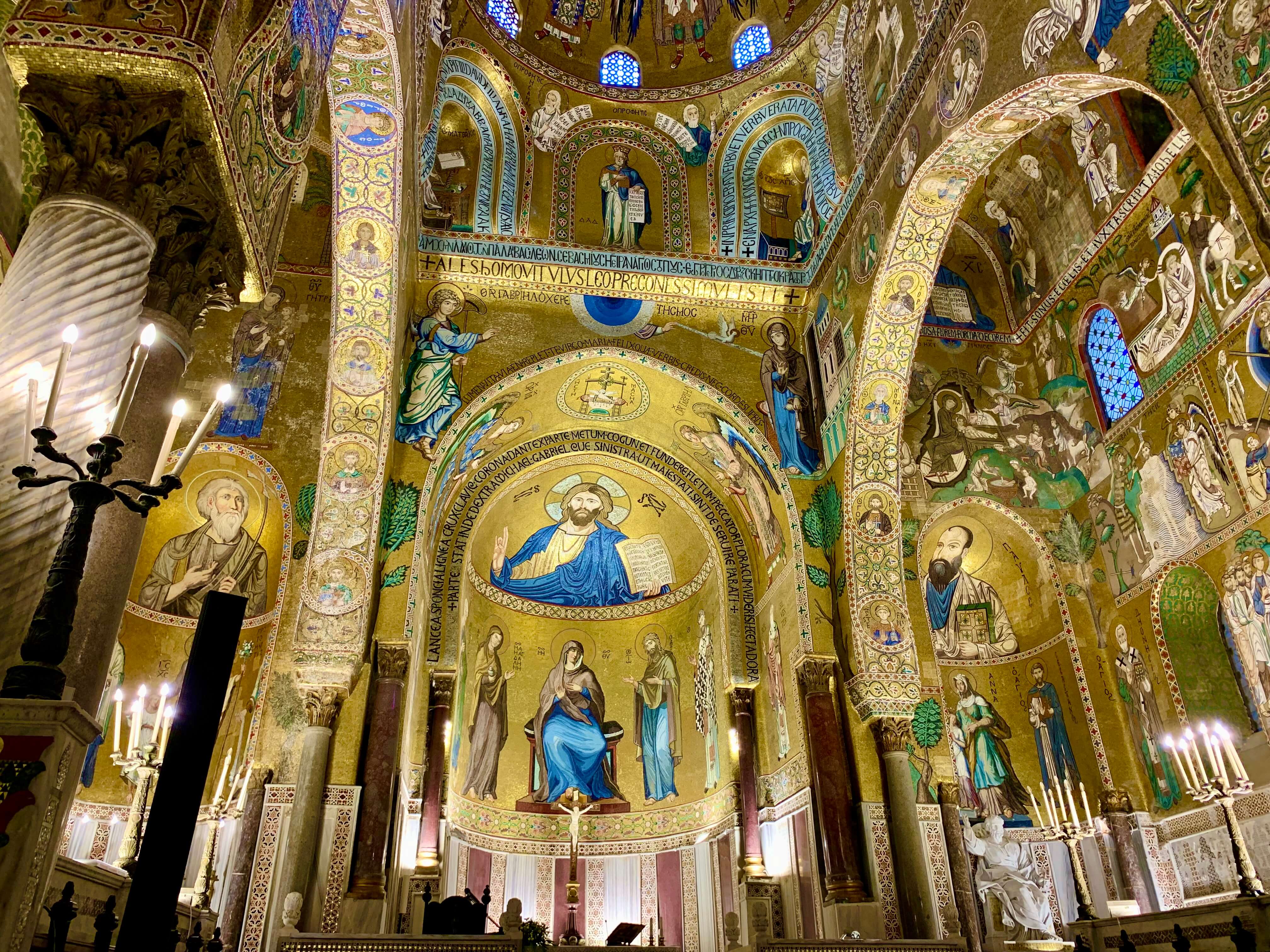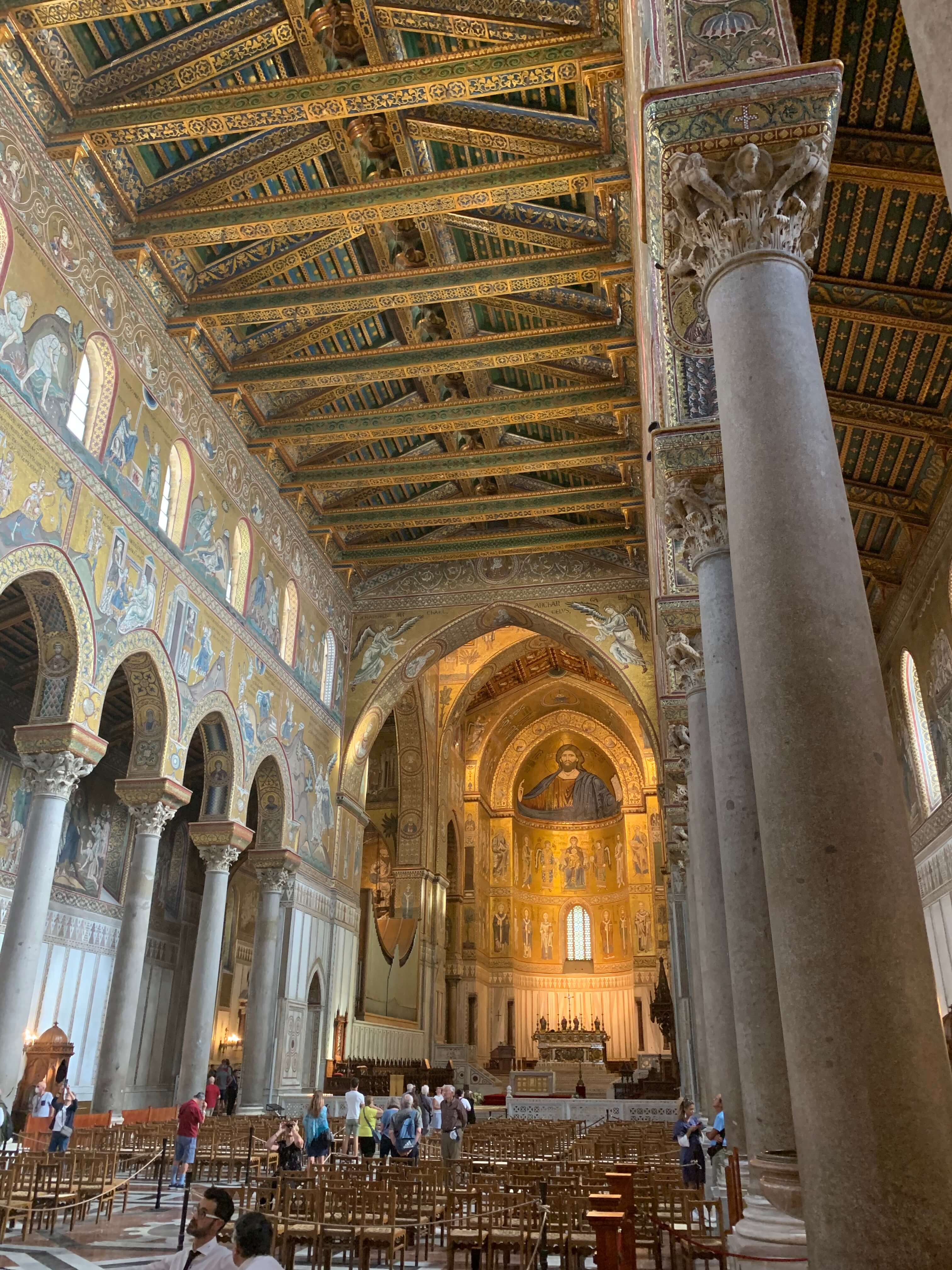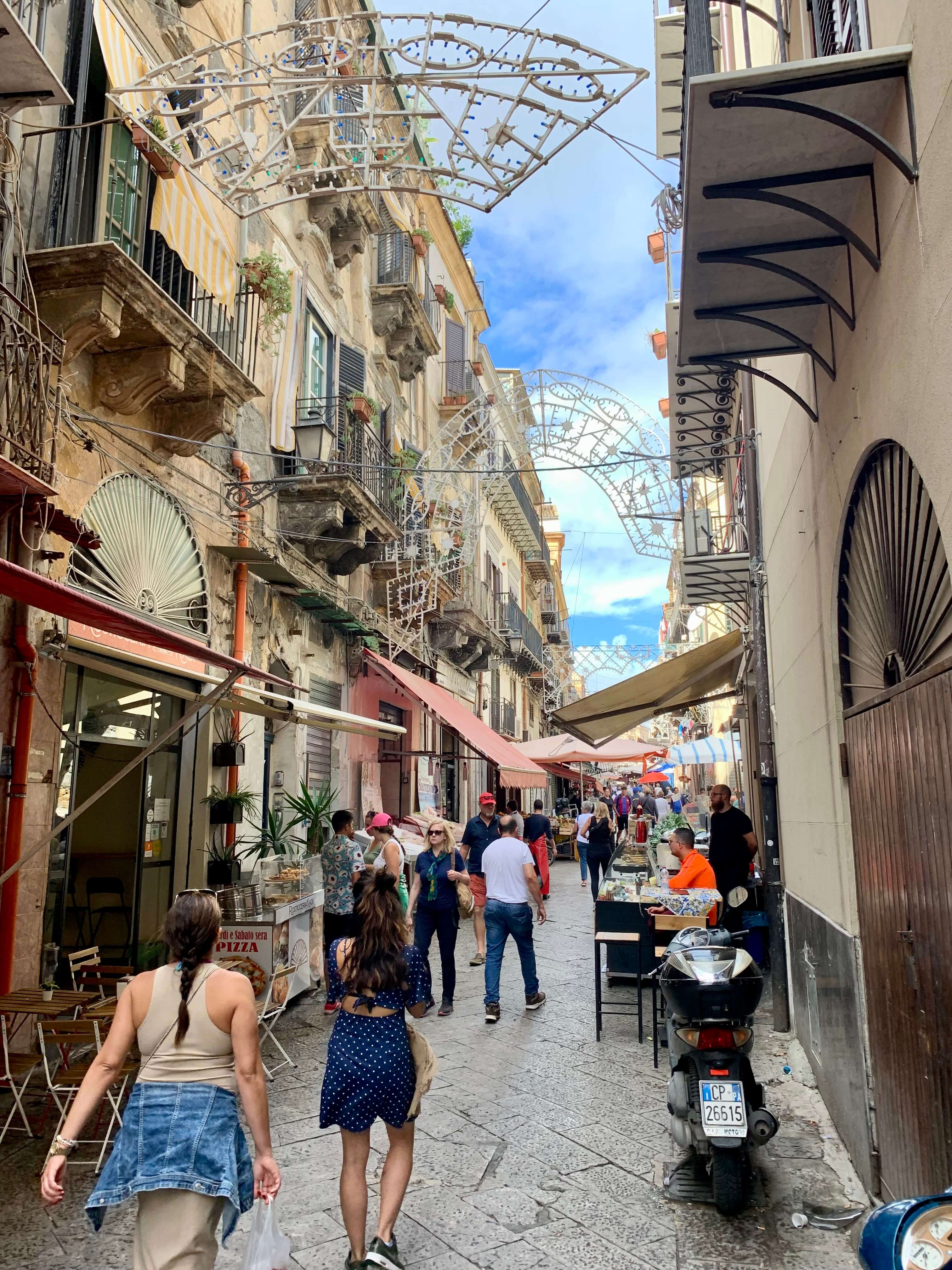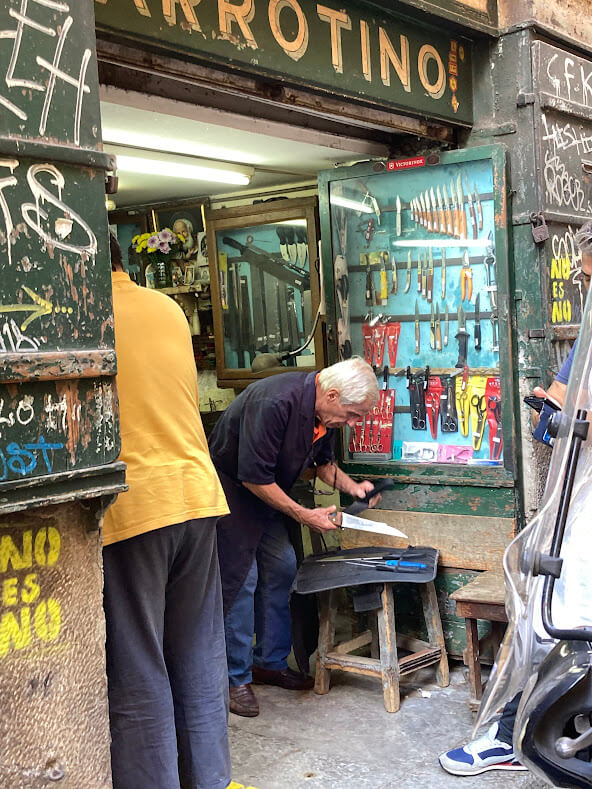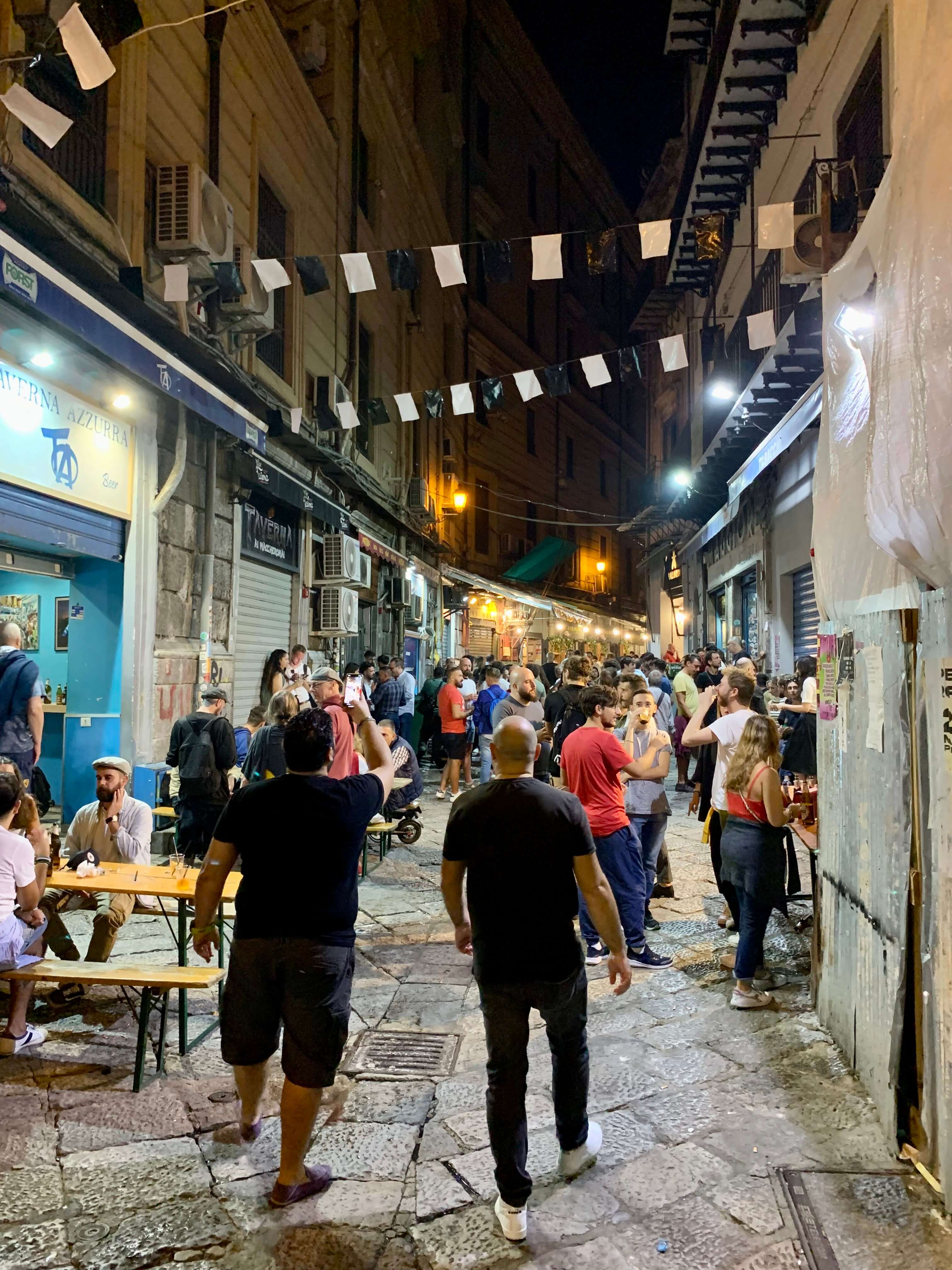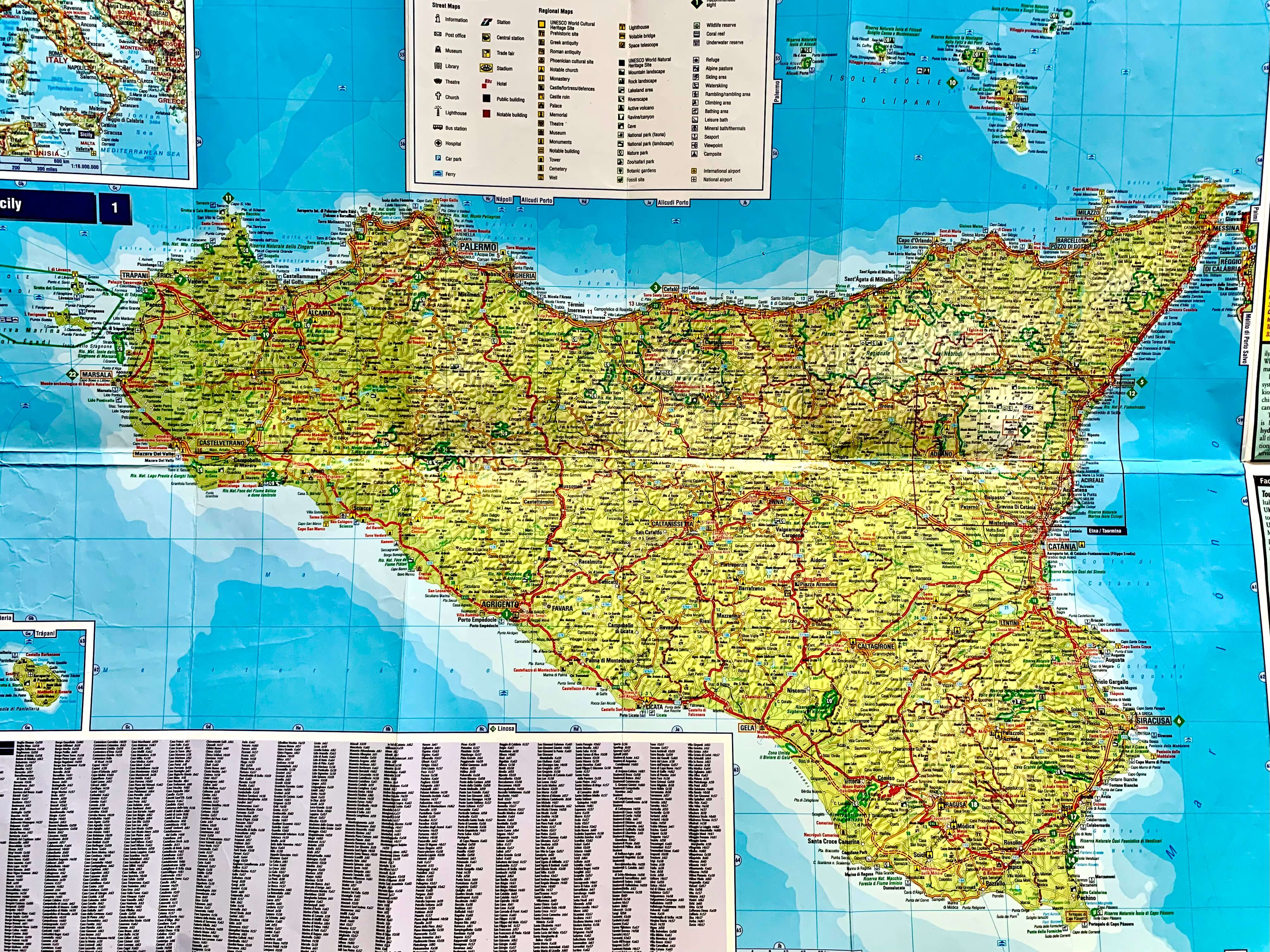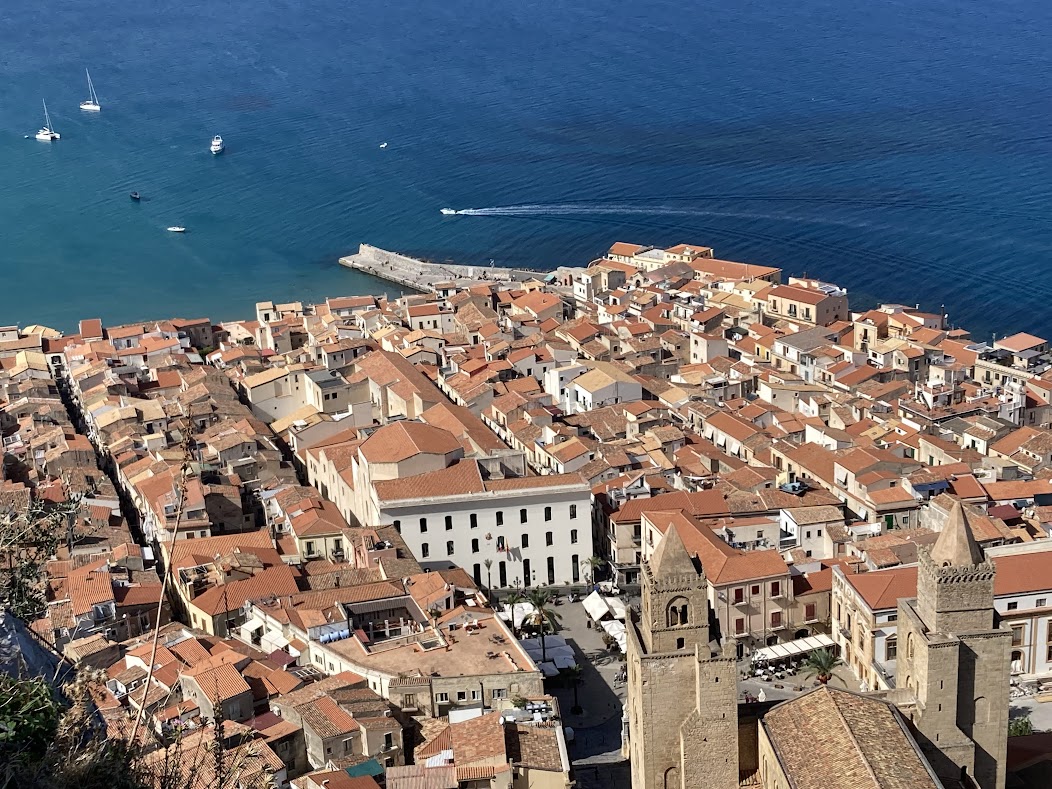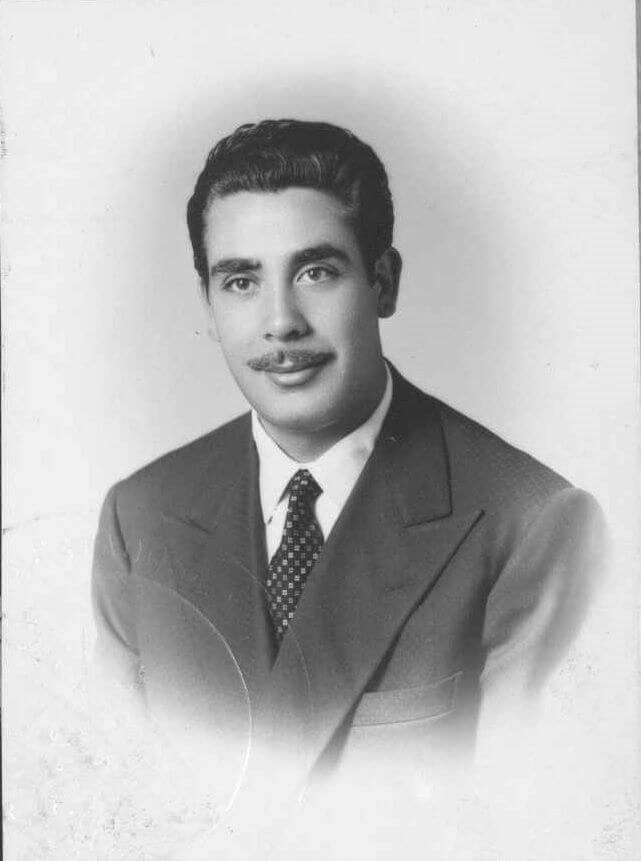- Home
- Main Cities in Sicily
- Palermo
The Main things to do in Palermo, sicily
Palermo is the capital of Sicily, which is the largest island in the Mediterranean. It is rich in history, culture, and delicious cuisine.
If you're planning a trip to this beautiful city, I'll share a list of the things to do in Palermo.
Palermo is a big city, so you can spend a month there and not run out of things to do. Here, I'll cover just the things that'll get you started.
From ancient landmarks to mouth-watering street food, there's something for everyone in Palermo.
(For frequently asked questions about Palermo, see this page.)
The Best Time To Go Is Now
"Everyone who comes to Palermo is a Palermitan." These words come from the long-time Mayor of this biggest city in Sicily, Leoluca Orlando. During the two decades from the 1990s, he steered the Sicilian capital out from the grips of the Mafia and towards its current glory.
Over a thousand years ago, the Arabs made Palermo the capital of Sicily. After them came the Normans, the Spanish, and the French, who also left their traces in the city's cuisine, customs, markets, and architecture.
Today, a couple of million tourists visit Palermo every year. Gone are the days of trying to escape the city as fast as possible. Where once people would spend a night or two in Palermo - and even then only if they had to - and then hurry away, they now enjoy their time there.
The reasons are clear. Palermo has managed to wriggle out of the mafia's grip. Young people are more confident in the future, and this is reflected throughout the cityscape.
One example of the new Palermo is the district of Kalsa. Young people have filled it, and nice shops, bars, and multicultural eateries have sprung up.
Elsewhere in the old city center, traffic jams and crime have given way to a new urban culture. No more Mafia wars, yes to restaurants, lively nightlife, and cozy promenades.
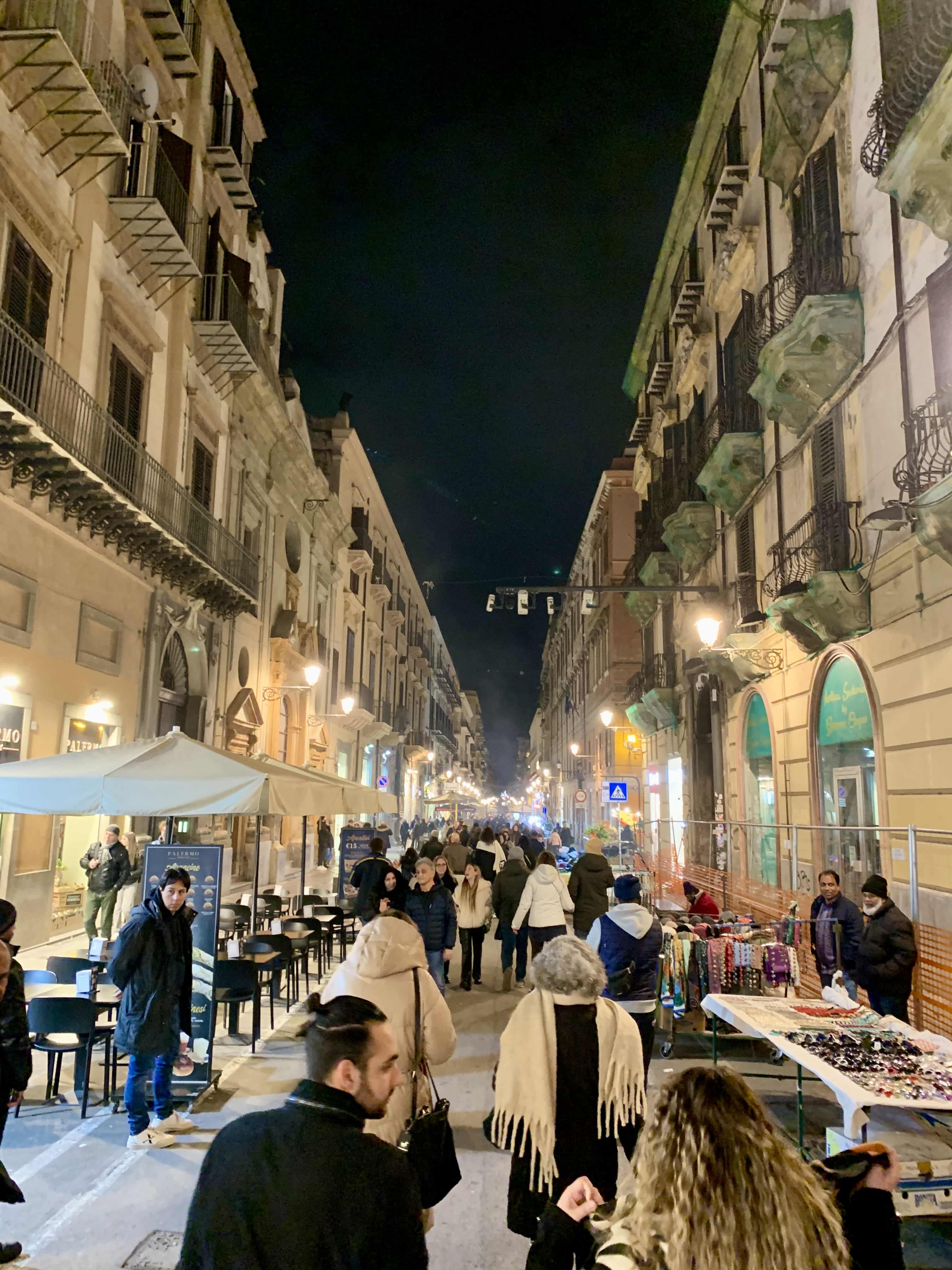 One of Palermo's main pedestrian streets, Via Maqueda, in the early evening.
One of Palermo's main pedestrian streets, Via Maqueda, in the early evening.Now is the perfect time to visit Palermo. The number of tourists is growing every year, and with it, the city also changes constantly.
Palermo's location also makes it ideal for day trips to the surrounding area. Beach resorts, such as Cefalù and Mondello, are within easy reach. Palermo is also famous for its Arab-Norman architecture, which includes such gems as Palatine Chapel and the spectacular Cathedral of Monreale.
Palermo is also well connected to the west towards Trapani. (An hour and a half with a bus.) And it only takes a few hours to drive through the island to the eastern shore. And even less to the south to the temples of Agrigento.
Of course, there are many things to do in Palermo itself, even for a more extended stay. But if you are in a hurry, you can see the main sights in two or three days.
I have listed the main attractions here. But if time is not an issue and you enjoy city life, Palermo is well worth staying longer.
The city's urban heartbeat, nightlife, street food, and great shops make it a fun place to stay.
How To Get To Palermo - And Beyond?
People usually arrive in Palermo by plane. This is the easiest and quickest way if you come from abroad or elsewhere in Italy. The airport is small but efficient.
Palermo airport's name comes from anti-mafia judges Giovanni Falcone and Paolo Borselino. Along the route to the city is a monument for these two judges. That is the spot where a gigantic bomb killed Falcone, his wife, and his entourage in 1992.
The airport is 35 km from the center of Palermo. There is a good and cheap bus service that takes about an hour to the city center. There are stops along the way where you can get off, such as one in the popular Politeama Square.
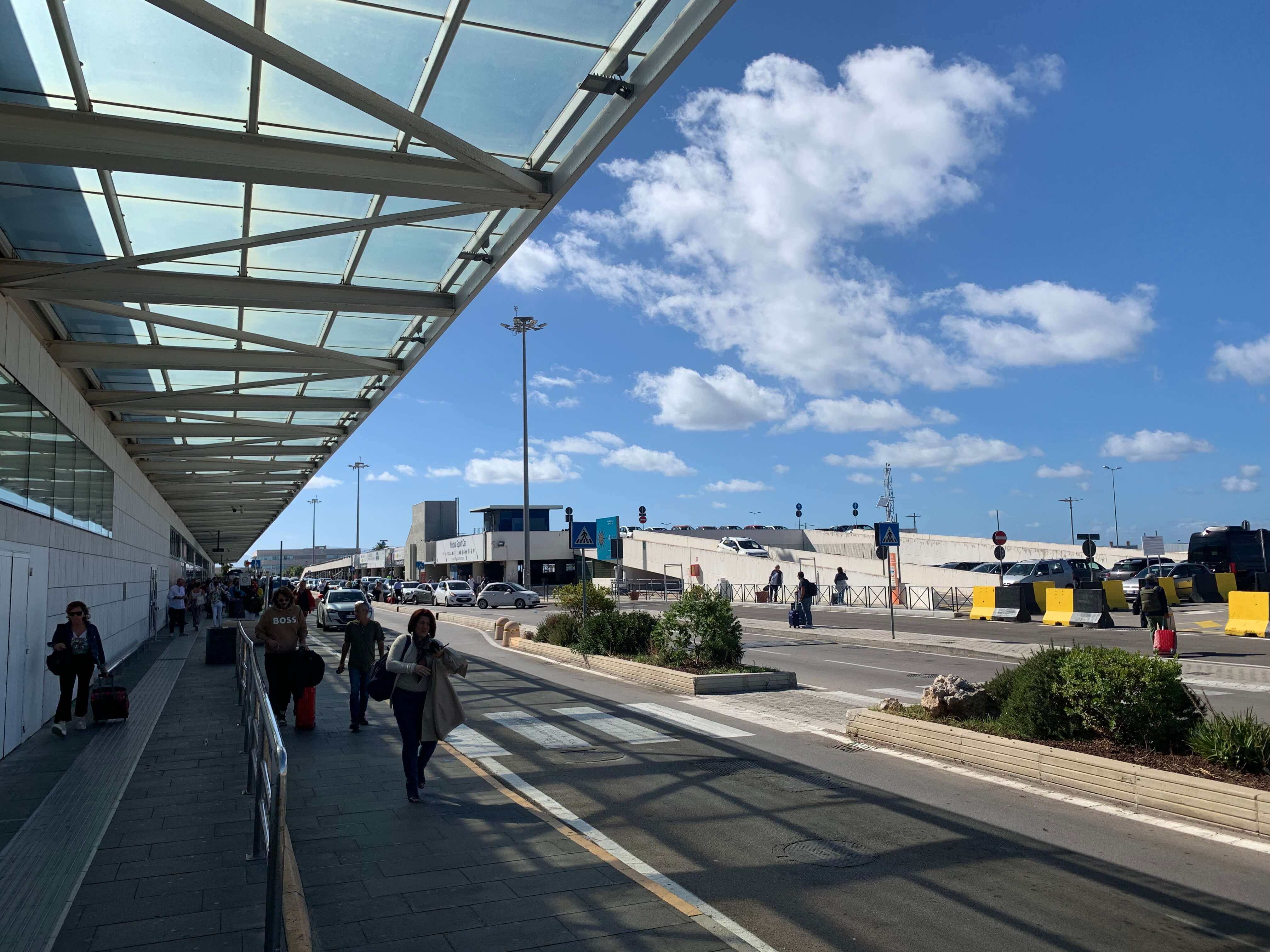 Outside Palermo airport.
Outside Palermo airport.Another option is to hire a car from some of the well-known companies inside the airport. Many car rental companies also allow you to return the car to a branch in another city.
Or, if you don't want to drive yourself, you can hire a car and driver from Palermo. You can ask for driver recommendations on Sicily forums on Facebook or elsewhere. That way, you avoid getting ripped off and/or other inconveniences.
If you arrive in Palermo by train or bus instead of an airplane, you will come straight to the city center, at the main railway station. From there, it's an easy trip to the historic center and the main sights.
So, here are my Main Things to Do in Palermo.
1. Marvel at "The Fountain of Shame" at Piazza Pretoria
This is probably the easiest thing to do in Palermo. Everyone ends up there sooner or later. Probably sooner, because it's in such a central location, just next to Quattro Canti - the crossroads that divide the city into its four districts.
Piazza Pretoria is one of the most famous attractions in Palermo. It just so happens to be very un-Sicilian.
The fountain and its statues were once located in a noble mansion. Stone by stone, they were moved to the center of Palermo.
The fountain is in the Renaissance style, which is a not at all common in Sicily.
In fact, there was no Renaissance in Sicily. The island was at that time under Spanish rule. And those guys were more interested in the Inquisition than new artistic or philosophical trends.
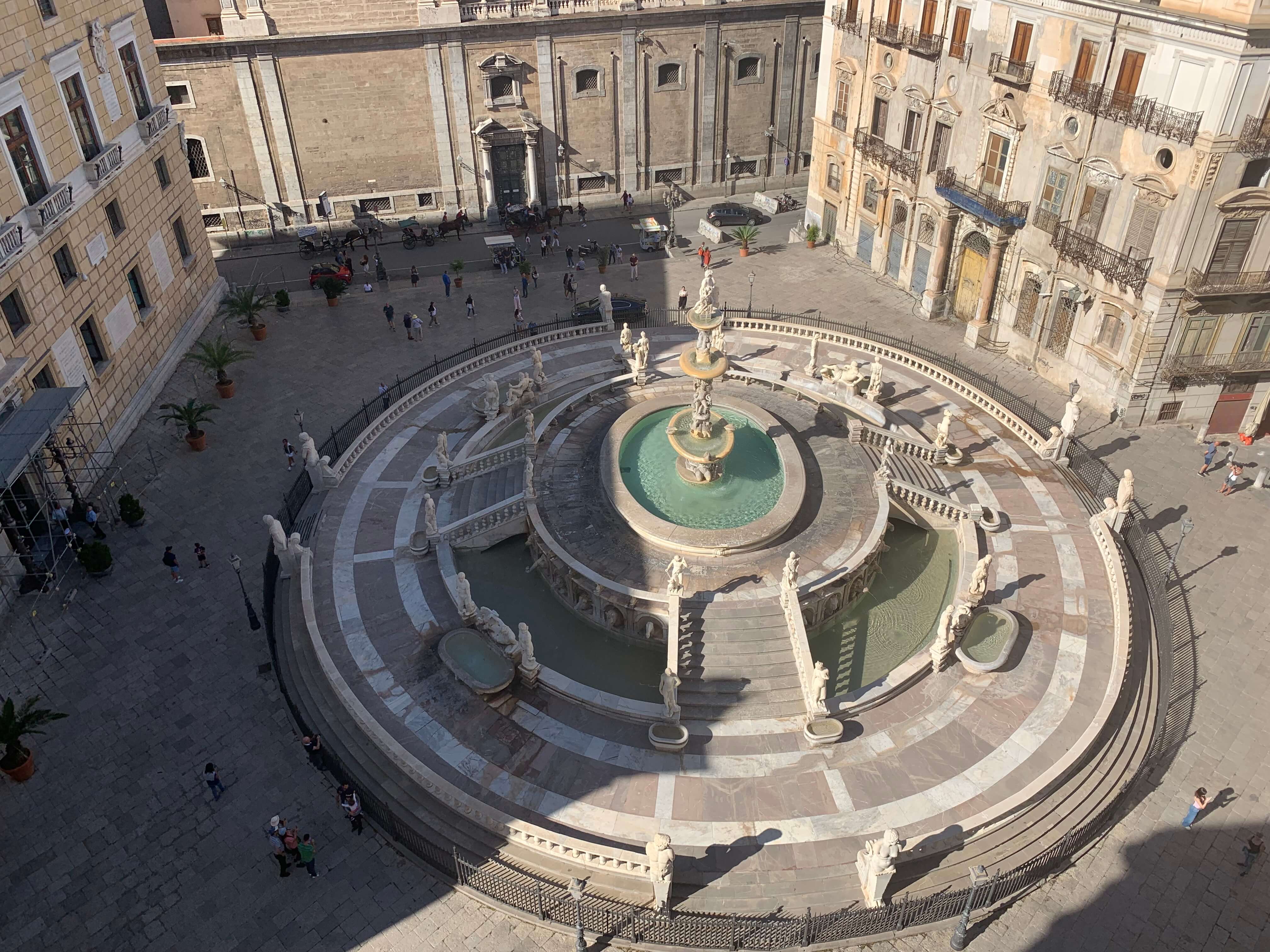 Piazza Fontana seen from the roof of the Church of Santa Caterina. You can get there from Piazza Bellini.
Piazza Fontana seen from the roof of the Church of Santa Caterina. You can get there from Piazza Bellini.There were also some troubles with the nuns living in the house opposite the fountain. They considered the fountain statues downright obscene. When some "indecent" parts of the statues were chopped off, people turned their suspecting heads to the nuns.
Later, a fence was erected around the statues to prevent unwanted 'repair work' in the future.
All in all, it's definitely a place worth seeing.
2. Pay a Visit to Palermo Cathedral
No visit to Palermo would be complete without a visit to the city's cathedral. It's a part of the city's Arab-Norman heritage, combining many elements also from Gothic and Byzantine traditions. And more. If you really want to get into the place's history, take an audio or a guided tour.
Palermo Cathedral also houses the remains of the city's patron saint, Santa Rosalia. Rosalia was a Norman noblewoman who refused marriage proposed by the king himself, and instead dedicated her life to Christ.
Rosalia lived in seclusion on Monte Pellegrino, where she died in 1166. In 1624, when the plague struck the city, she became the town's patron saint.
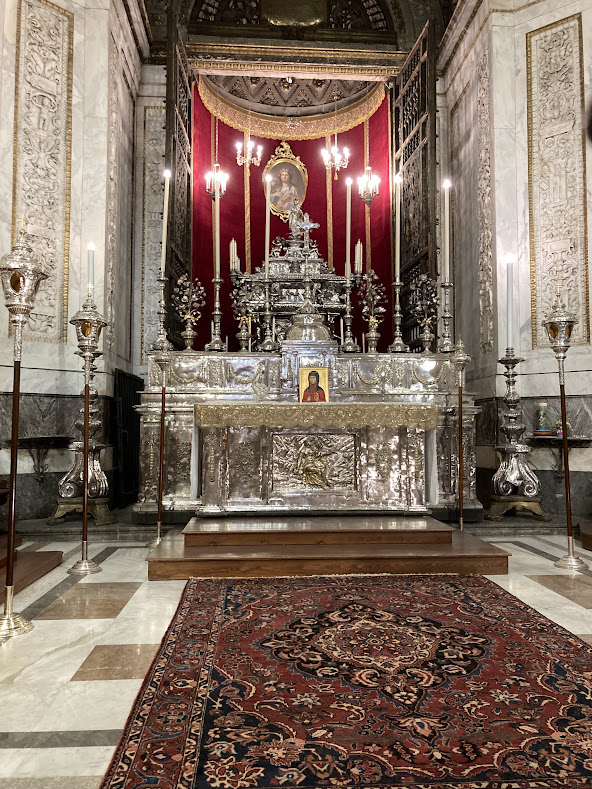 The remains of Santa Rosalia lay here, in Palermo Cathedral.
The remains of Santa Rosalia lay here, in Palermo Cathedral.The story goes that Rosalia appeared in a dream to a local hunter. That way, she showed him the location of her remains. They were in a cave where she had died.
The hunter went to the cave and found the remains. Then, people carried the bones from the mountain to the city and laid them to rest in Palermo Cathedral.
Shortly afterward, the plague left the city. So Rosalia became its patron saint.
You can visit the site where the bones were found. There is a church built inside the mountain. The local bus takes you right in front of the place.
There are also many wonderful hiking trails on Monte Pellegrino. In fact, you can walk all the way up there from the city center, provided that your shape is good. Or, you can take a bus to the church and walk your way back.
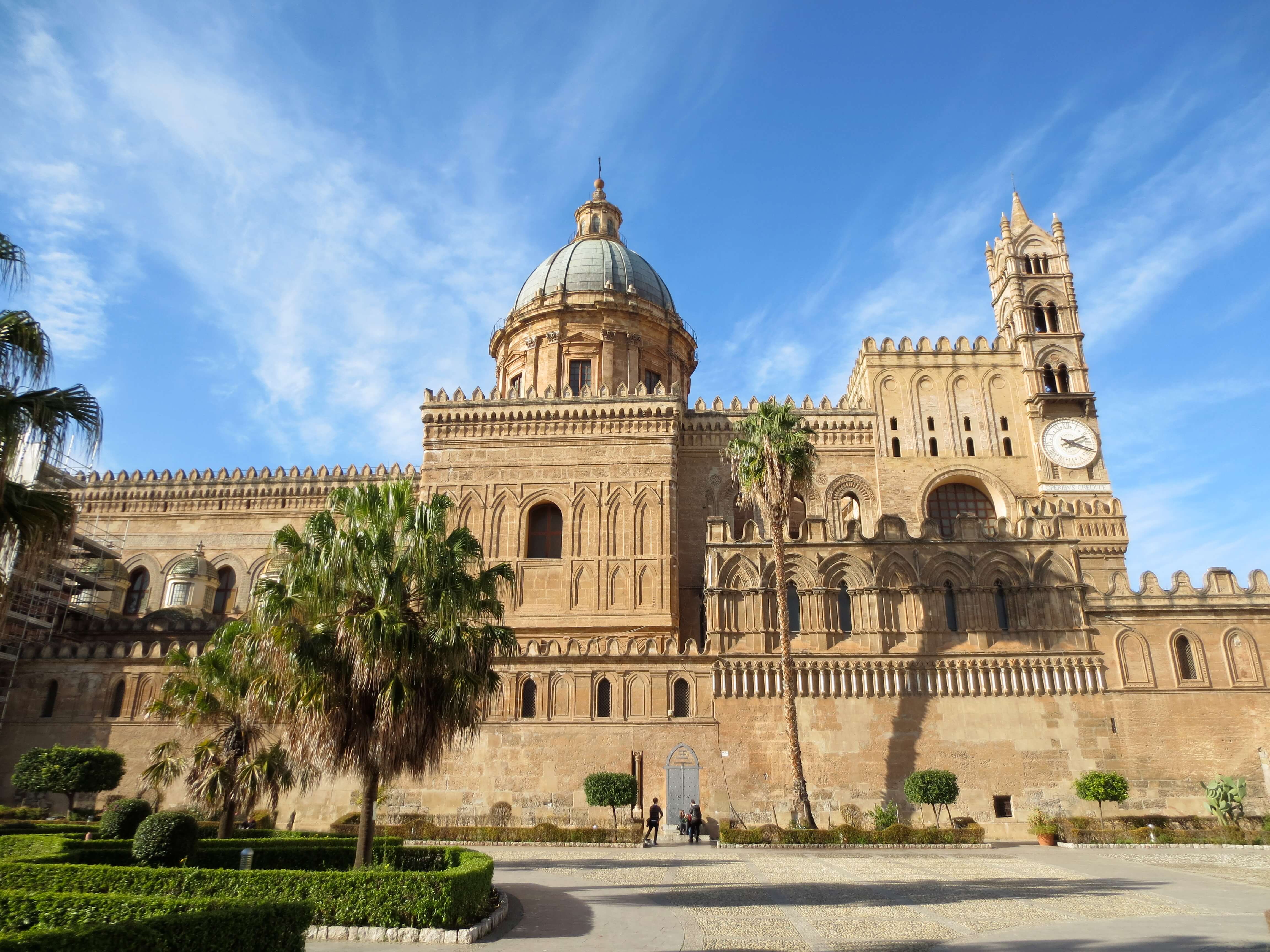
Construction of Palermo Cathedral began in 1168 by a local cardinal. The idea was to bring the power of the Roman Catholic Church to this multicultural island. The cardinal also hoped to strengthen his power in relation to the Norman king of Sicily, William II.
Although Palermo Cathedral is a fine sight, William II had the last word. He built his own - even more magnificent - cathedral in Monreale.
Near the Palermo Cathedral is also one of the city's finest attractions: the Palatine Chapel.
3. Check Out the Gold Mosaics in the Palatine Chapel (Capella Palatina)
A visit to this chapel inside the Norman palace is one of the top things to do in Palermo. John Norwich called it "the most complete expression of the Sicilian-Norman political miracle."
It combines Latin, Byzantine, and Islamic elements in one harmonious whole. And this was at the same time when Muslims and Christians were slaughtering each other elsewhere in Europe.
Only here, in Sicily, did all three great civilizations work harmoniously together. Like Norwich says: "Norman Sicily remains a lesson to us all."
Construction of the Palatine Chapel began in 1130 and took thirteen years to complete. It was dedicated to the coronation of the first king of Sicily, Roger II.
Its main attraction is its mosaics. Some say the mosaics even surpass the churches of Constantinople in splendor.
The mosaics were of Roman origin, but they were made in the tradition of Byzantine art.
The abstract designs on the lower walls of the chapel are instead of Islamic origin.
The place is located near the city center, inside the Norman Palace. It takes fifteen minutes to walk there from Quattro Canti.
The place is popular among tourists, so you can expect some traffic.
The easiest way to avoid crowds is to visit the Palatine Chapel either early in the morning or later in the afternoon.
The Norman Palace, next to the Palatine Chapel, is the oldest royal palace in Europe. If you have time, visit that too.
4. Take a Bus (or a Taxi) to Monreale Cathedral
From the Norman Palace - where the Palatine Chapel is located - you can take a bus straight to Monreale. The buses leave right behind the palace every half hour. The fare is a couple of euros.
You can also take a taxi. With a bigger group, it's no more expensive than a bus, but it's way more comfortable.
This is one of the things to do in Palermo that you should take advantage of. The place is decorated similarly to the Palatine Chapel, but the difference lies in size—this is way bigger.
So, if the chapel seems too crowded, you can head here instead. Go to the chapel after you come back. It might not be so crowded in the evening.
The town of Monreale sits on a hillside, half an hour's drive from Palermo. It is home to one of the most essential sights in Sicily: the Monreale Cathedral.
King William II built this cathedral to strengthen his power. It was a counter-reaction to the Cardinal who built Palermo Cathedral. And there's no question to it: the Cardinal came second.
This cathedral also represents a harmonious collaboration between different cultures. Greeks, Arabs, and Normans all participated in its construction.
The mosaics inside the church represent the Byzantine side.
The population of Monreale is around 30,000. And even if there are no other attractions, you can spend some time in the town, eating or going to a café.
When entering the cathedral, you must cover your knees and shoulders. Disposable covers are available at the cathedral door.
Sunday is not a good day to visit the Monreale. The cathedral is only open for a limited time.
On other days, Monreale is an excellent day trip destination.
5. Capuchin Crypt (Catacombe dei Cappuccini)
From the Norman Palace, you can also head to the Crypt of the Capuchin Monks. A bus runs from behind the palace every twenty minutes. The journey takes about ten minutes. You can also walk there.
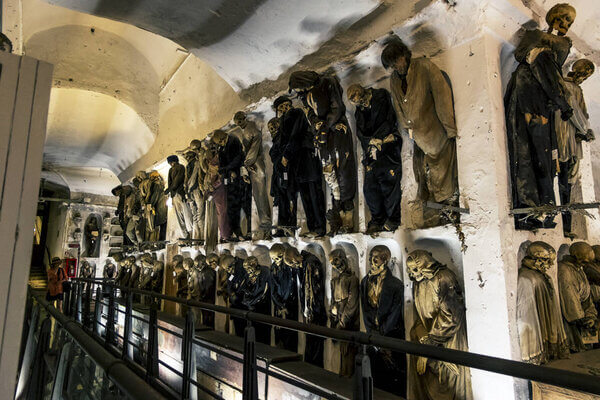
The most famous legacy of the Capuchin monks is cappuccino - named after the color of their robes.
The Capuchins belonged to the Franciscan order. Their motto was 'memento mori'. "Remember that you are dying". Something they felt obliged to remind their fellow man of.
Because of this, they also saved and displayed the bones of their monastic brothers.
The Palermo Capuchin monks took the custom a step further. For one reason or another, they began to embalm their monk brothers.
The method was effective and soon attracted interest outside the monastery. The local nobles began to request the same treatment for their dying relatives.
The results of this 'eternal life' offered by the monks are now seen in the Capuchin Crypt. There, the embalmed bodies of more than 8,000 deceased are on display.
Needles to say, the sight of dead monks is not too beautiful. This place is not recommended for those suffering from fear of death, although it may have some therapeutic effects.
For me, the biggest impact wasn't so much the dead mummies themselves as the sheer number of them.
The bodies of different groups of people are in different rooms in the crypt. The first to arrive are the bodies of the Capuchin brothers, who serve as the first 'guinea pigs' of the embalming process.
Women and men have their alcoves, as do children. Some of the children are very young. There is also a room for virgins.
At some point, the authorities banned the use of the embalming method. With one exception...
This is the most famous body in the crypt. It belongs to 2-year-old Rosalia Lombardo, also known as Sleeping Beauty. Her dead body shows no signs of aging.
Rosalia died of pneumonia in the 1920s when embalming was already banned. At the parents' request, the law made an exception for Rosalia.
Rosalia's dead body looks as if it could wake up at any moment. Locals consider this a miracle. Scientists say it's likely due to the body's airtight display case.
Photography is not allowed in the crypt out of respect for the deceased. You can still buy cards with pictures in the shop.
If you are looking for things to do in Palermo that are out of the ordinary, head to the Capuchin Crypt.
6. Visit Vucciria, Ballaro and Capo Markets
After thousand-year-old buildings and embalmed corpses, you may be looking for more lively things to do in Palermo.
So, let's return to living. One way to do this is to visit one or more of Palermo's markets.
This is best done in the early morning hours when trade is at its busiest.
Sicily's markets date back to the Arabic era - more than a thousand years ago. The sellers are loud and boisterous, shouting and singing.
Palermo's markets are well stocked with fresh vegetables and fruits, meat, herbs, spices, clothes, and household goods, as well as a wide variety of delicious street food.
There are three markets in Palermo: Ballarò, Vucciria, and Capo.
Ballarò Market is the most lively and authentic. It has been in the same place for over a thousand years. And the tradition of singing vendors in the area is just as old.
Vucciria Market is not as big as Ballarò, but it is worth visiting. There, you can find fish, meat, household utensils, cheese, butchers, quality knives, and a traditional knife sharpener.
Nowadays Vucciria might already be more famous for its bars, eateries and street food than the market. Head to the market the first thing in the morning. Later in a day, you can go there for other activities.
Of the three markets, Capo Market is the least exotic. But it's still a great place to shop, eat, and drink.
7. Experience the Nightlife in Palermo
In Sicily, the afternoon is the time to relax. Many shops and restaurants are closed. But when the evening comes, the whole scene comes alive.
First, people go for an evening walk. Then, they go somewhere to drink and eat. After that, there are many places to experience the nightlife.
Palermo has a variety of bars that spill out onto the streets. There is music, drinks, lots of people, and delicious food from street grills.
Best of all, Palermo's nightlife lasts all year - and week-round.
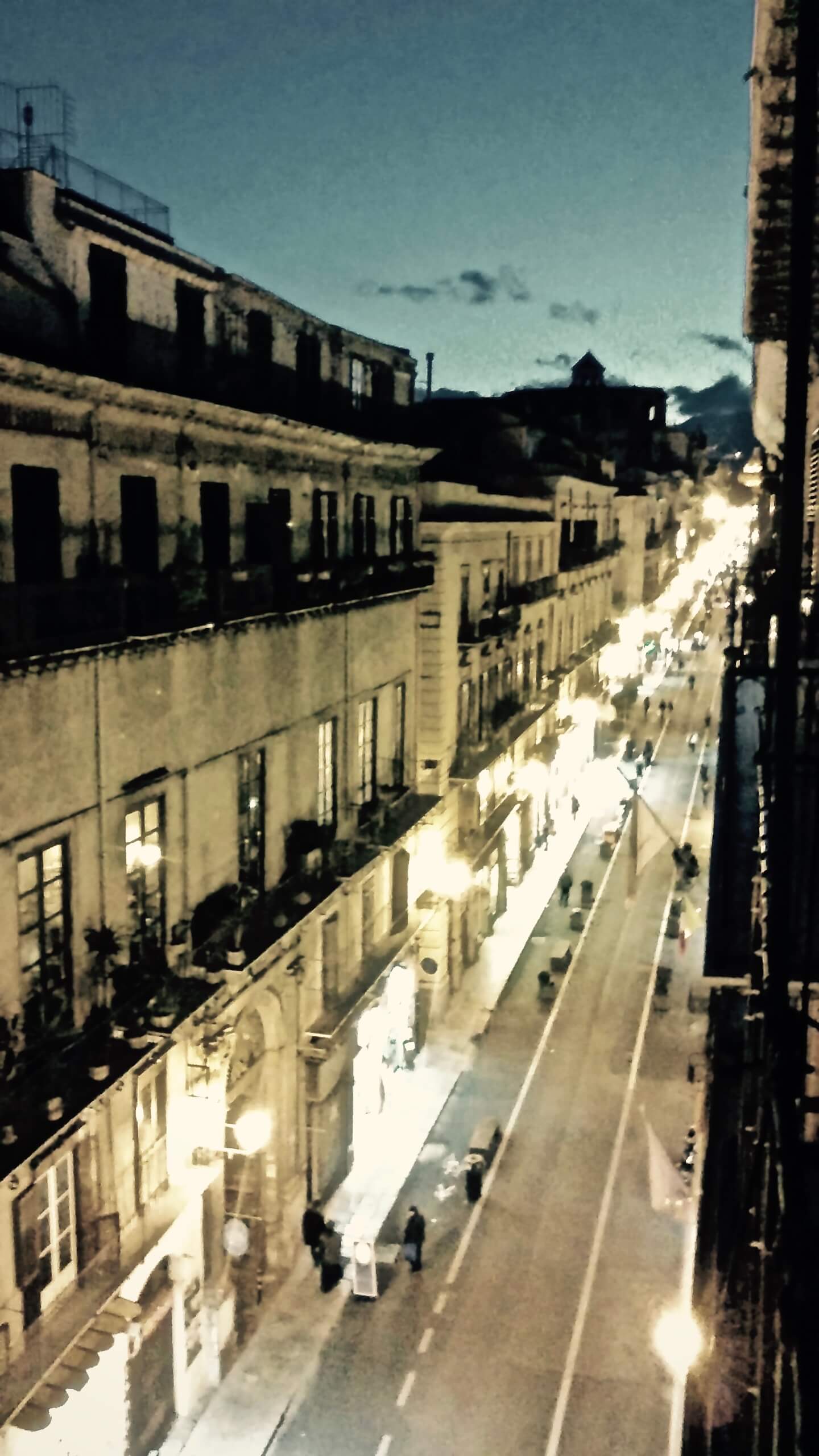
The best place to look for nightlife is in the old town. Try Via Vittorio Emanuele and Via dei Chiavetteri, for example.
Especially later at night, the Vucciria area is most lively. Mingle with the colorful crowd and buy cheap drinks - and food.
For more sophisticated fun, the Politeama area is the place to be. The clientele is more upper-middle class, and there are lots of good foods and drinks.
Another bit more sophisticated spot is the harbor area (La Cala). Here, you can sip a drink in a maritime atmosphere and enjoy seafood.
Things to Do in Palermo: The Conclusion
There are plenty of things to do in Palermo—so much that you have to pick and choose. I have covered the main attractions here. You can get around them in a couple of days. If you have more time, check my other Palermo page about its hidden gems.
More than a thousand years of history are visible everywhere. The Norman religious buildings, in particular, will make your head spin.
You can also find history by just looking around. It shows in the city's people, customs, food, pastries, markets, and architecture.
Of all the cities in Sicily, Palermo is one of my favorites. There is plenty to see, experience, and do, even for a longer time.
(Last edited: January 12, 2025.)
Recent Articles
-
Sicilian Food - Rich Flavors, Endless Passion
Apr 09, 25 09:54 AM
All you need to know about Sicilian food, its ingredients and history. -
Things to Do in Palermo - Tips for a Perfect Holiday
Apr 05, 25 04:27 AM
Things to Do in Palermo - From historic landmarks to delicious food, this guide has it all. -
The Story of Tommaso Buscetta: From Mafia Boss to Key Witness
Mar 30, 25 05:12 AM
Tommaso Buscetta built Sicilian Mafia into a global empire - which he then destroyed.
Follow MANY FACES OF SICILY on Facebook, Instagram, Bluesky & Pinterest
Contact: vesa@manyfacesofsicily.com
